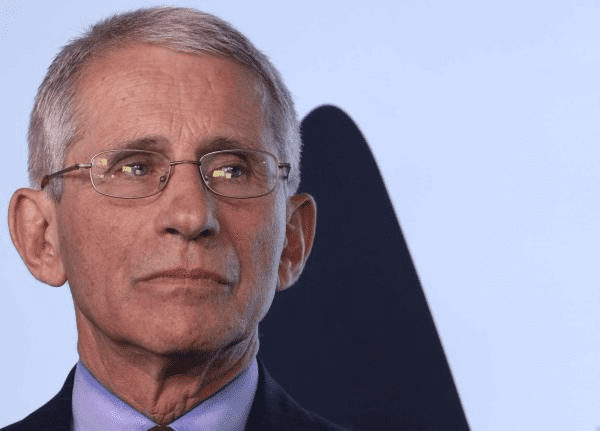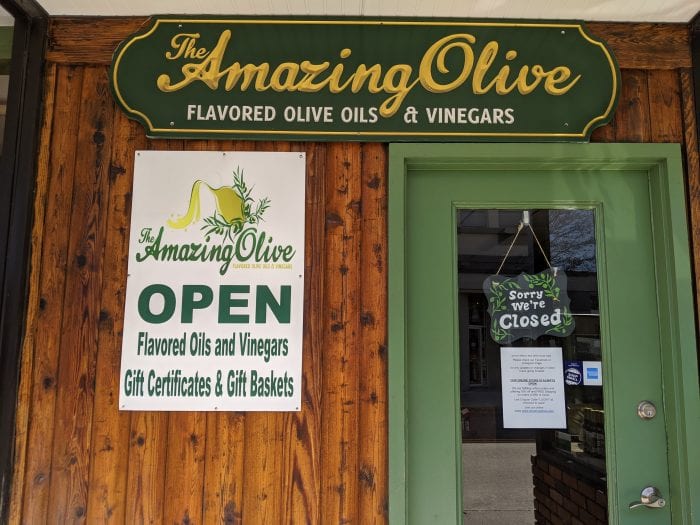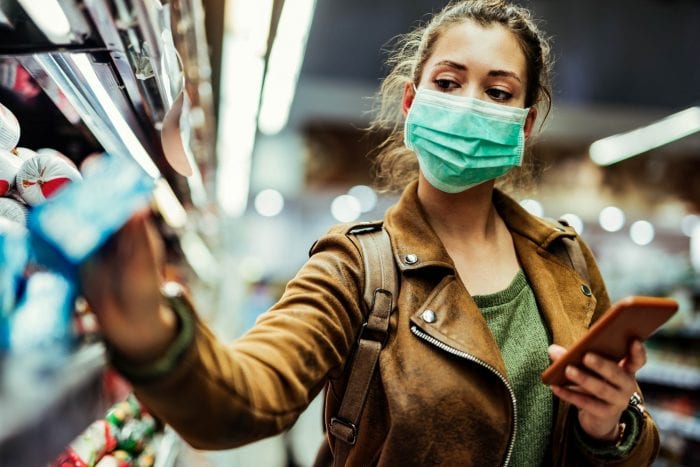Many dogs, puppies, cats and kittens available for adoption
Friday, June 5, was a big day for Kent Animal Shelter. The no-kill haven for homeless, abused and abandoned animals in Calverton reopened its doors to the public for the first time since the coronavirus pandemic forced a temporary shutdown.
“That being said, the shelter never really closed as it is an essential service. However, operations continued at a snail’s pace compared to its pre-COVID-19 normal,” said Pam Green, Executive Director of the shelter.
The spay/neuter clinic was closed for two months and adoptions were limited. Rescues were few and far between. The staff remained to take care of the animals that were on hand of course, but adoptions slowed down.
“Unfortunately, we were unable to allow the public to enter the buildings to visit the animals and that is undoubtedly an impediment to adoption. However, the shelter was able to find forever homes for some long time pets which is probably the best news that came out of the pandemic,” said Green.
Pre-COVID-19, rescue transports were received every 10 days as the shelter’s van traveled to locations with high-kill shelters. Other rescue groups ceased transports to Kent Animal Shelter because of the pandemic. “We had to figure out how to best proceed in the days of the pandemic since this virus is not going away any time soon,” explained Green.
So the shelter reopened with certain guidelines. Interactions with pets and adoptions are mainly done by appointment. Visitors are permitted to enter the buildings with masks or face coverings and for a limited amount of time. Pets for adoption can be seen online and the public can complete their adoption applications via the website at www.kentanimalshelter.com. Rescue transports have resumed with 22 animals being saved from a terrible fate just this past week.
The clinic is now open three days a week to continue spay/neuter operations by appointment only and pet owners must wear a mask and are asked to wait a short time in their vehicles until the technicians come outside to receive the pets. Feral cats are also being sterilized and the shelter was able to secure a grant to cover the surgical fees. Information and appointments can be made by calling the clinic at 727-5731 ext. 2.
Of course, donations have plummeted as many supporters have lost their jobs. Individuals that are able to donate can do so via the shelter’s website or by calling the office. “The animals in crisis situations can’t wait, they need help now. It is the mission of the shelter to provide a lifeline and we must continue to do so with urgency,” said Green.











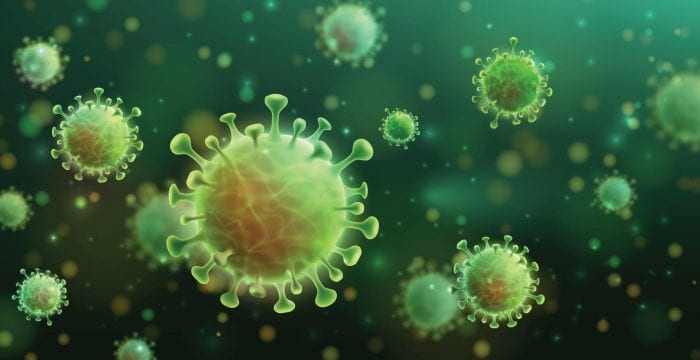
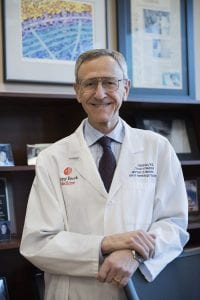
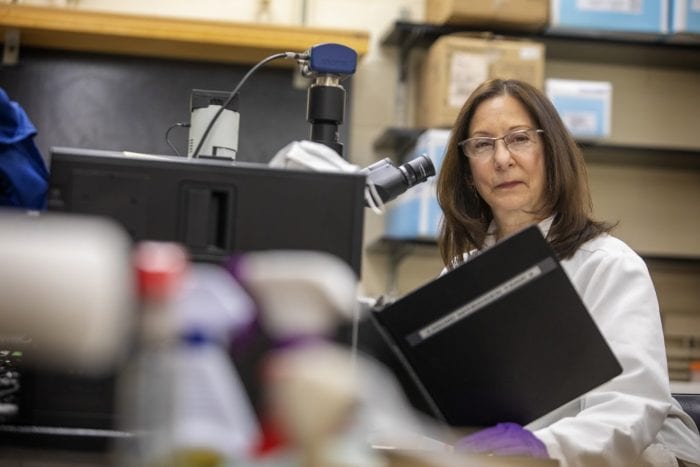


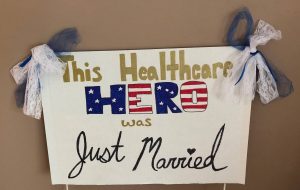
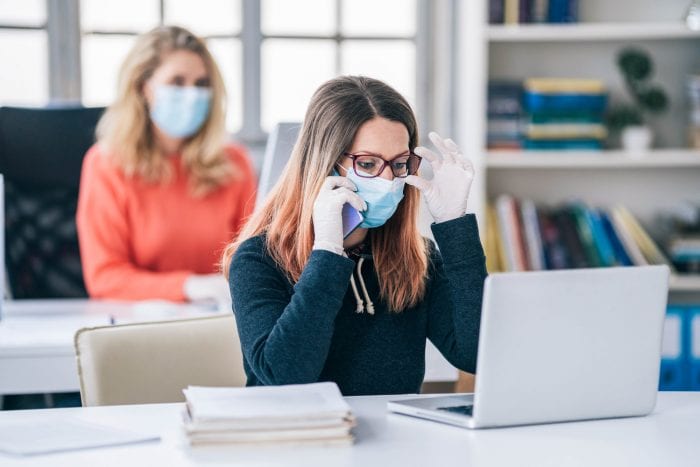
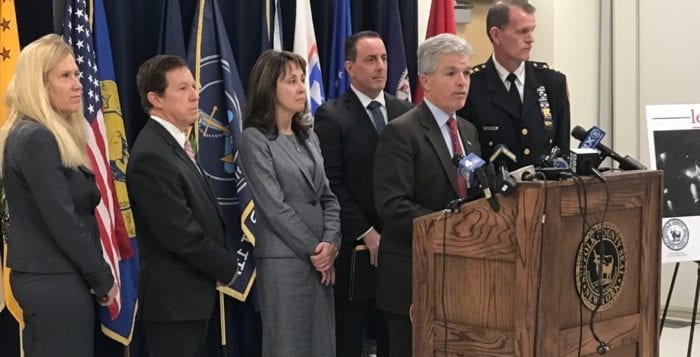




 Night in the Museum
Night in the Museum The whale shark swings / Both to and fro,
The whale shark swings / Both to and fro, The Plan
The Plan